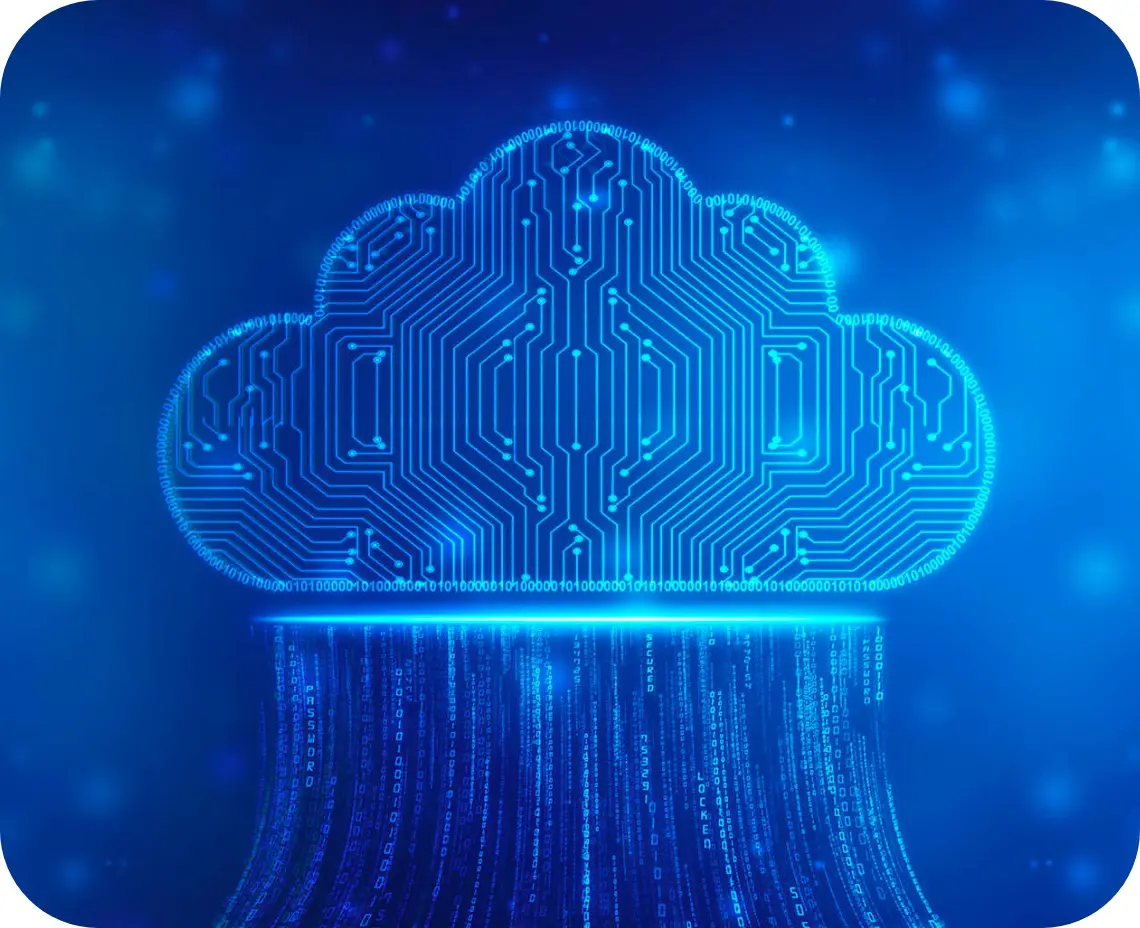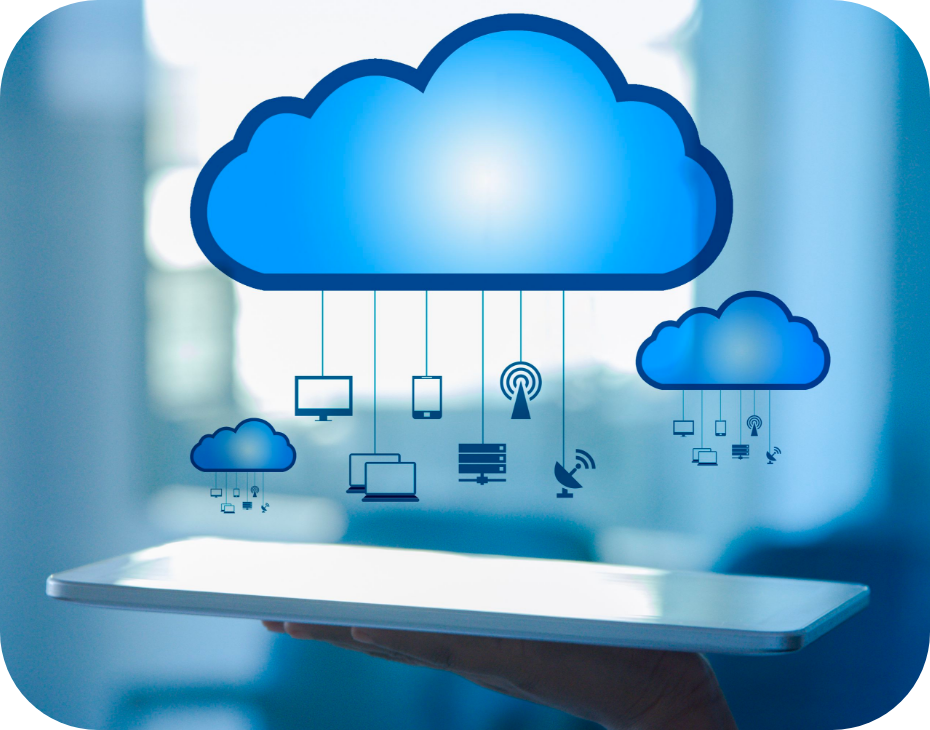Cloud Computing 101: What Is It All About?

Cloud computing is a broad term that essentially refers to all processes involving delivering services hosted over the Internet. The three primary categories these services are divided into include Infrastructure as a Service (IaaS), Platform as a Service (PaaS), and Software as a Service (SaaS).
A cloud computing system can be private or public. It is known as a private cloud if it is a proprietary network or a data centre supplying hosted services to a set number of people based on their access and permission criteria. On the other hand, a public cloud provides its services to anyone with access to the Internet. Regardless of whether it is private or public, cloud computing aims to offer convenient, scalable, and easy access to different IT services and resources as well as computing resources.
Understanding How Cloud Computing Works
There are two sections at play when it comes to an understanding of how cloud computing works. These are the front-end and the back-end. Both these sections are connected to the network we are on the Internet. The front-end of the system refers to the computer user or the portion visible to the client. The cloud section is essentially the back-end.
The computer network includes the client’s computer and the application needed to access the cloud computing system from the front end. The user interface is not the same for all cloud computing programs. Some services, such as email programs, are best utilized by available web browsers such as Firefox or Internet Explorer. Some systems offer unique applications which provide access to users on this network.
When put together, various computer systems for data storage and servers form the back-end system of the cloud computing services. Usually, at least in theory, a cloud computing system can include any conceivable computer program, from video games to data processing. Each of these applications usually has its dedicated server. A central server administers all the systems that are a part of the network. The central server also monitors the traffic as well as client demands to ensure the operations run smoothly. The central server utilizes a special software known as middleware and a set of rules known as protocols.
The computers that are part of the network can communicate through the middleware. Usually, most servers seldom run at that full capacity. It means their processing power which is underused or unutilized, often goes to waste. A physical server can be made to think it’s actually a set of servers with its own independent operating system. This technique is known as server virtualization. The need for multiple physical machines reduces by optimizing the output generated by individual servers using server virtualization in cloud computing.
The physical need for storage space is directly proportional to the number of clients a cloud computing company has. Some companies might require storage for hundreds of digital devices. The number of systems needed for cloud computing must be twice that of storage devices to ensure the client’s information is stored properly. A copy of all the client’s information is made by the cloud computing system and stored on other devices. A central server can access the backup machines due to the copies made. This, in turn, means the central server can easily retrieve data that would have otherwise been unreachable. The process through which copies of data are made as a backup is known as redundancy.
Need For Cloud Computing
Here are the most common reasons anyone would rely on a computer system to run their programs and store data.
Cloud computing makes it incredibly simple and easy to access any application or data from anywhere in the world at any point. There are no geographical limitations associated with access anymore. As long as a computer is linked to the Internet, accessing the cloud computing system is possible. Data is no longer confined to a hard drive on a computer or the organization’s internal network. Instead, it is stored on the cloud and can be accessed by anyone at any point, provided they are authorized to access the network.
It reduces the costs associated with maintaining hardware. The requirement for advanced hardware is now a thing of the past with efficient cloud computing systems in place. Neither the processing speed of a computer nor the storage it offers is a criterion to be considered anymore once the operations shift to a cloud system. The cloud system does it all and then some. Even an expensive computer terminal, including a monitor, keyboard, mouse, or other input devices, and sufficient processing power for supporting the middleware is all that’s needed to connect to the cloud system. Since all the information will now be stored on a remote computer, the need for massive hard drives are a thing of the past.
Any organization or a corporation that usually relies on numerous computers must ensure they have the right software to achieve their objectives. With cloud computing, organizations can easily afford company-wide access to different applications. While looking at the bigger picture from an organizational perspective, the company no longer has to purchase a different set of software or licenses for every employee. Instead, a metered fee has to be paid to the cloud computing company, and they take care of all the other requirements.
Since the number of computers or software licenses that are hooked to the network reduces, a corporation’s budget for IT support also reduces. Compared with a company-wide network of heterogeneous machines and their operating systems, the scope of problems streamlined hardware faces is significantly lower.
Digital storage devices, as well as servers, take up physical space. At times, organizations also rent out storage space for their servers and databases if it is insufficiently available on site. Now, the cloud computing option gives these organizations a viable option to store their data securely and safely on hardware they don’t have to host. By doing away with the need for physical space on the front-end, the cost of storage and space requirements reduce drastically.
The processing power of the entire network can be leveraged if a grid computing system is on the back-end of a cloud computing system. Usually, researchers and scientists work with highly complex calculations that require massive computing, processing speed, and power. An individual computer might take years to complete such tasks. On the other hand, when a grid computing system powers all this, the calculation merely has to be sent to the cloud for processing. The cloud system can effectively tap into the massive processing power obtained from all the available computers on the back-end. This, in turn, speeds up the calculations and reduces the time consumption.
Cloud computing is here to stay because of its practically limitless applications. A cloud computing system powered by the right middleware can execute any program a regular computer possibly can. Whether it is a generic word processing software or a sophisticated or customized computer program designed for a specific organization, everything can work on cloud computing.

Nisha Arya is a Data Scientist and Technical writer from London.
Having worked in the world of Data Science, she is particularly interested in providing Data Science career advice or tutorials and theory-based knowledge around Data Science. She is a keen learner seeking to broaden her tech knowledge and writing skills while helping guide others.


